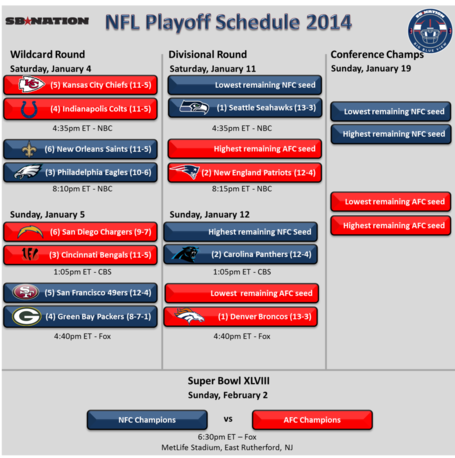

Yet, for reasons that encompassed the social and physical and historical, they were considered an inferior product.


That year, the Crimson Tide were the only undefeated, untied team in America. “Alabama, with its undersized, all-white team, was a relic of the past.” “With their size and strength the Irish and Spartans were the wave of the future of college football,” wrote Allen Barra in The Last Coach, his biography of Bear Bryant. It would take 30 years, but overtime rules would eventually be adopted, Notre Dame would slough off its self-imposed ban on playing in bowl games, and the Big Ten would relax its restrictions on which teams could play in the Rose Bowl - and it only took 50 years, but here we are, on the verge of something that resembles an actual playoff.īut 1966 wasn’t just an argument about Notre Dame and Michigan State and what it means to win a championship when no one wins at all this was also an argument about the South and what it was failing to become. When the top two teams in the country tie one for the Gipper, it is bound to induce a certain measure of angst among a general populace that had long ago built this game into something more than an extracurricular exercise among academic institutions. I don’t think it is hyperbolic to state that the aftereffects of the 1966 season sent college football lurching ever so slowly toward modernity in its own way, it may have even helped to change America. It was through Bowl Bound that I first learned about the 1966 season, about undefeated Notre Dame and undefeated Michigan State and the 10-10 tie that reverberated throughout the land, and, by extension, about the subjective nature of the Argument that has shaped the long history of the sport. Back then, the color-coded team charts were our only tool to simulate a college football reality, and so we clung to Bowl Bound’s primordial “realism” with the fervor of dungeon masters, even though most of the teams that had been created for the edition we owned predated our births.īowl Bound’s ancient hieroglyphs forced us to dig deep into a history we might have otherwise ignored. We played Bowl Bound during lunch breaks and study halls in junior high school, attacking every dice roll with the frustration and furor of our impending adolescence. The first interaction I had with any history of college football that extended beyond my provincial childhood borders came in the form of a rudimentary data-driven board game called Bowl Bound.


 0 kommentar(er)
0 kommentar(er)
